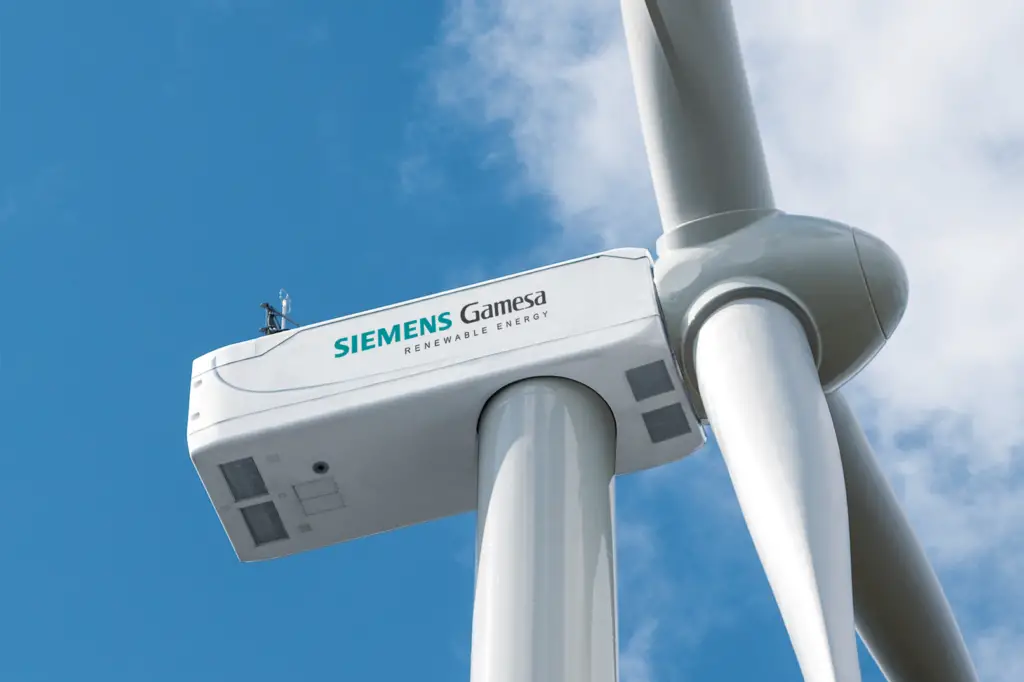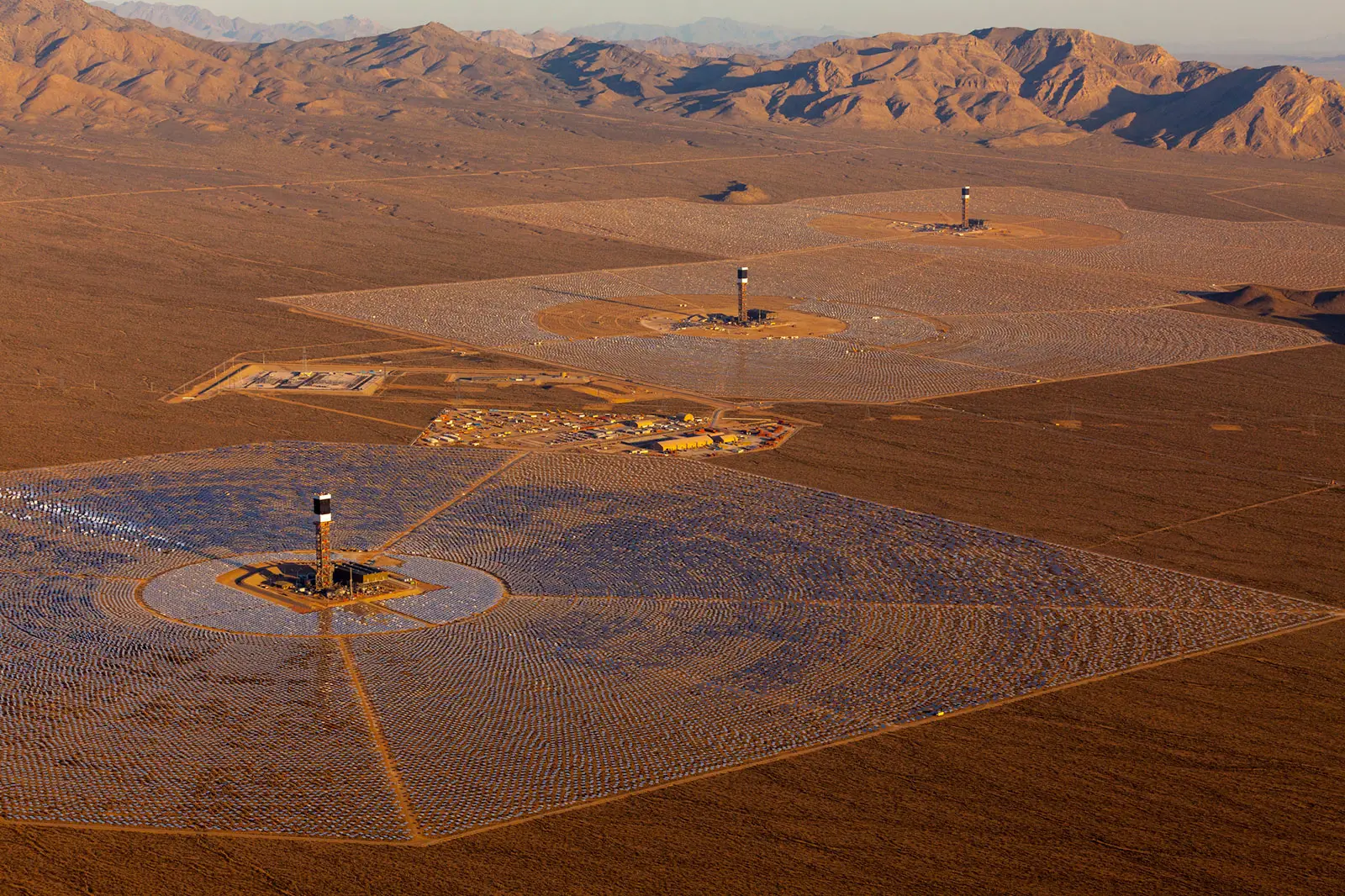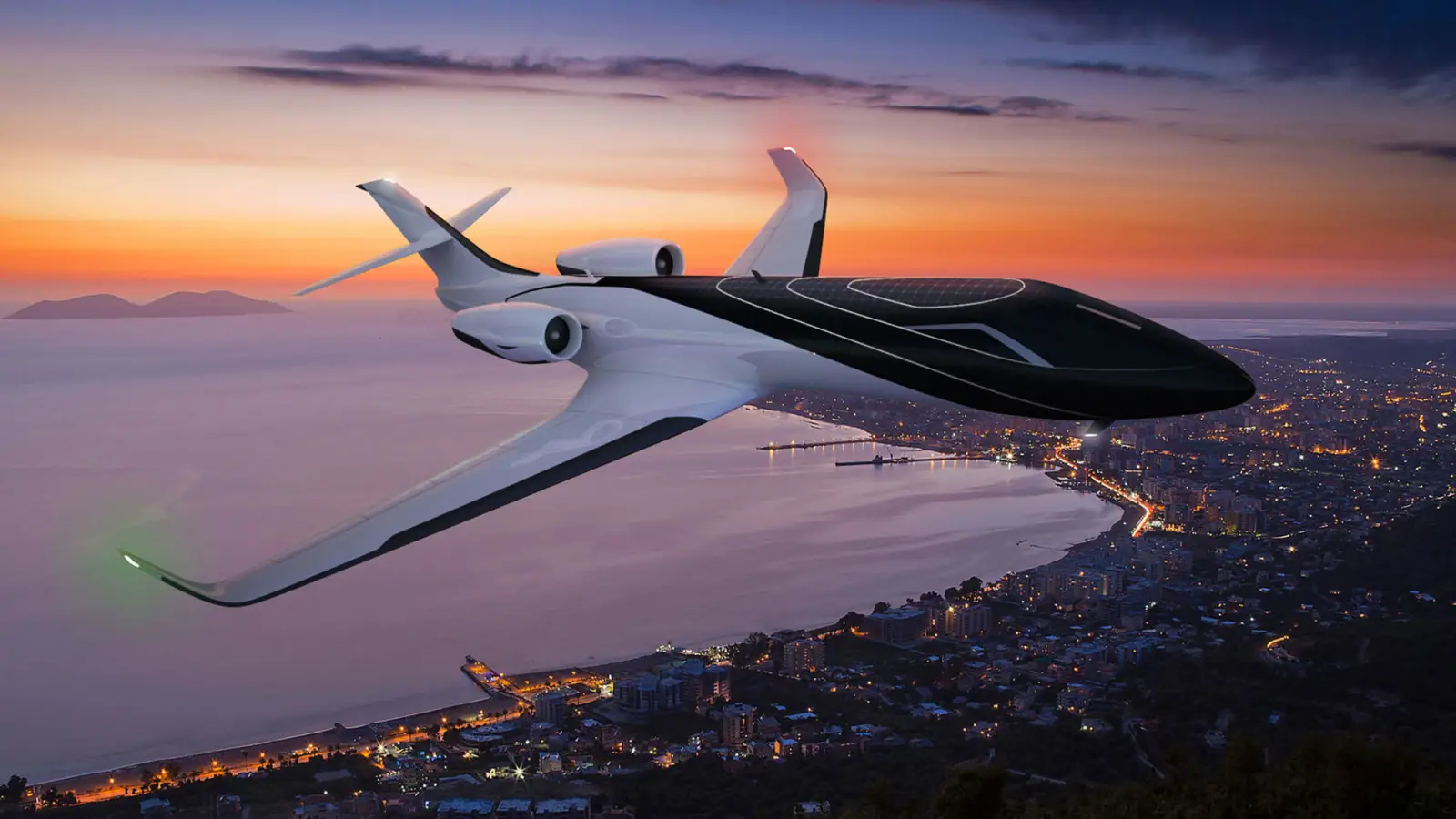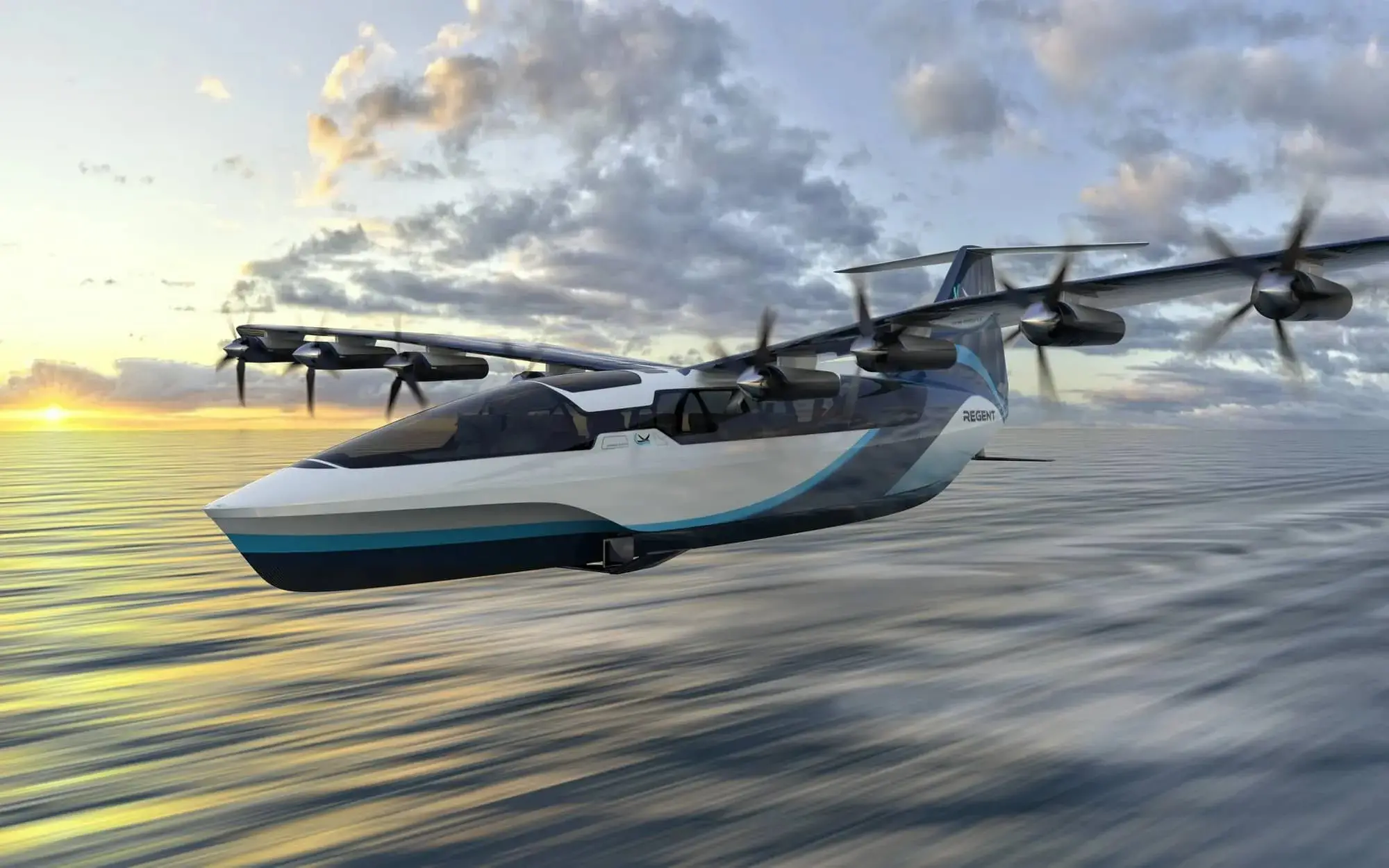One of the pillars of the effort to address the climate issue is wind power. It is crucial to provide recyclable solutions right now since the Global Wind Energy Council anticipates installing more than 200 GW of new offshore capacity by 2030.
With the Recyclable Blade, the first commercially viable recyclable wind turbine blades offshore, Siemens Gamesa is paving the road for a sustainable future.
With this technology, it is feasible to separate the materials in the blade at the end of its lifespan, allowing recycling into other applications and defining the next sustainability milestone.
This significant achievement is expected to accelerate efforts to further improve the sustainability of wind energy and develop a truly circular industry.
According to Siemens Gamesa CEO Andreas Nauen – The moment to address the climate emergency is now, and we must approach the problem from all angles. We have achieved a significant milestone in a society that places concern for the environment at the centre of its operations by pioneering wind circularity, where components contribute to a circular economy of the wind sector.
Another concrete illustration of Siemens Gamesa’s technical innovation leadership in the wind sector is the Recyclable Blade.
Offshore and Onshore Recyclable Blade
The need for recyclable solutions is growing in significance as both onshore and offshore markets throughout the globe continue to set ambitious goals for installed wind power capacity.
Finding ways to guarantee the circularity of turbine blades is increasingly crucial since turbine diameters and, therefore, their blades are rising quickly. Siemens Gamesa is advancing its Sustainability Vision toward 2040 with the RecyclableBlade for onshore, with a fundamental goal of having 100% recyclable wind turbines by 2040 at the latest.
“We are driving the wind industry towards full circularity with our commitment to make wind power as sustainable as it can be at every stage of its lifetime.
Together with our customers and our suppliers, we want wind power solutions from Siemens Gamesa to continue to help countries around the world meet their net-zero carbon emission goals,” said Tim Dawidowsky, Siemens Gamesa COO and Chief Sustainability Officer.
Siemens Gamesa’s Recyclable Offshore Blade was released in September 2021 and deployed at RWE’s Kaskasi project in Germany in July 2022, a mere ten months from conception to market.
Customers may now use the matching onshore solution at their onshore wind facilities. Siemens Gamesa and its collaborators have been working on perfecting the product and method to meet the stringent criteria of onshore blades.

“Launching our Recyclable Blade for onshore sites is another outstanding achievement from our dedicated professionals. The concept was always foreseen to encompass solutions for offshore and onshore, and we’re pleased to now provide them commercially to our customers in both market segments,” said Jochen Eickholt, CEO of Siemens Gamesa.
Technological specs
Siemens Gamesa’s plant in Aalborg, Denmark, has completed production of the first six 81-meter-long RecyclableBlades.
Siemens claims that it has made significant progress toward environmental sustainability with its RecyclableBlade technology. Recyclable materials exist for various wind turbine elements, including the tower and nacelle. The firm claims that at least 85% of a wind turbine can be recycled right now.
However, up until recently, disposing of the composite materials used in wind turbine blades has been difficult; thus, most of them have ended up in landfills.
Siemens estimates that wind turbines generate 10% of Europe’s total fiber-reinforced composite (FRP) trash; however, several European governments have banned the disposal of FRP waste in landfills. Compared to certain metals, FRP is a designed material with superior strength/weight and modulus/weight ratios.
Wind turbine blades may be recycled once they have served their useful life thanks to Recyclable Blades, which are constructed using tried-and-true methods. This technology is a step in the direction of a future when project recycling is mandatory.
Wind turbine blades are formed using a variety of materials, including glass and carbon fiber, a core material like wood or polyethylene terephthalate (PET) foam, and a resin system.
Recyclable Blades make use of a brand-new resin that, at the conclusion of a wind turbine’s operational life, may be successfully separate from other parts. The blades may be separated from the turbine and then submerged in a hot, moderately acidic solution to dissolve the resin. The components may then be extracted from the solution and ready for subsequent usage.
Unlike traditional techniques of recycling blades, the gentle approach preserves the qualities of the materials used in the blades. Then, they may be utilized to create new items that have the same technological features as them, such as in the automotive sector, or to create consumer goods like flight cases and flat-screen casings.
First deployments
The first wind turbines with recyclable blades in the world will be installed and monitored in Germany at the Kaskasi offshore wind power facility according to a commitment made by Siemens Gamesa and RWE. According to current plans, the facility won’t start generating electricity until 2022.
Sven Utermöhlen, CEO of Wind Offshore, RWE Renewables, says: “We are pleased that our offshore wind farm Kaskasi is able to provide a fantastic facility for testing innovations; here we are preparing to test special steel collars and to use an improved installation method for foundations.”
The first recyclable wind turbine blade ever made by Siemens Gamesa has now been installed by Kaskade. What this means is that the viability of wind turbines has taken a significant step forward.
Together with EDF Renewables, Siemens Gamesa plans to install several sets of its Recyclable blades in a future offshore wind farm.
EDF Group Senior Executive Vice-President for Renewable Energy Resources and Chairman and CEO of EDF Renewables, Bruno Bensasson, said: “We are very enthusiastic about collaborating with industrial players, such as Siemens Gamesa, about contributing to the progress of the recycling technology solutions in the wind energy sector.

The team at EDF Renewables is completely committed to working with its suppliers to advance this cutting-edge technology in order to increase the environmental friendliness of our projects on a regular basis.
This agreement is in line with EDF Group Raison d’être: to conciliate the production of low carbon electricity that benefits the climate and the reduction of local environmental impacts.”
In order to deploy sets of the Recyclable Blade at one of their planned offshore wind power stations, Siemens Gamesa is collaborating with wpd.
CEO of wpd Offshore and COO of wpd Group, Achim Berge Olsen, announced:” For the last 20 years, wpd actively contributed to the sustainable development of the offshore wind industry.
Through this cooperation in the recycling technology program of Siemens Gamesa, we’re making another step forward for the industry, which makes us enthusiastic regarding the sustainability of the supply chain in the future”.
Fully recyclable wind turbine by 2040
In an effort to improve the future for future generations, Siemens Gamesa has unveiled an ambitious Sustainability Vision for the year 2040. Under this heading, the business set the audacious aim of making all turbines recyclable by 2040.
“Our aspiration is to produce wind turbines that can generate renewable electricity for 20-30 years. When they reach the end of their useful life, we can separate the materials and use them for new relevant applications.
The Recyclable Blade is a great step in that direction and well ahead of our 2040 goal,” said Gregorio Acero, Head of Quality Management & Health, Safety, and Environment at Siemens Gamesa.
Ending Notes
Like a lot of technologies that are becoming environmentally friendly, wind turbines are in the queue too.
Wind energy has always served as a supporting renewable source, and now, with such technological advancements, a dream for a green energy world is not so far. Companies like these are paving the road for sustainability.





